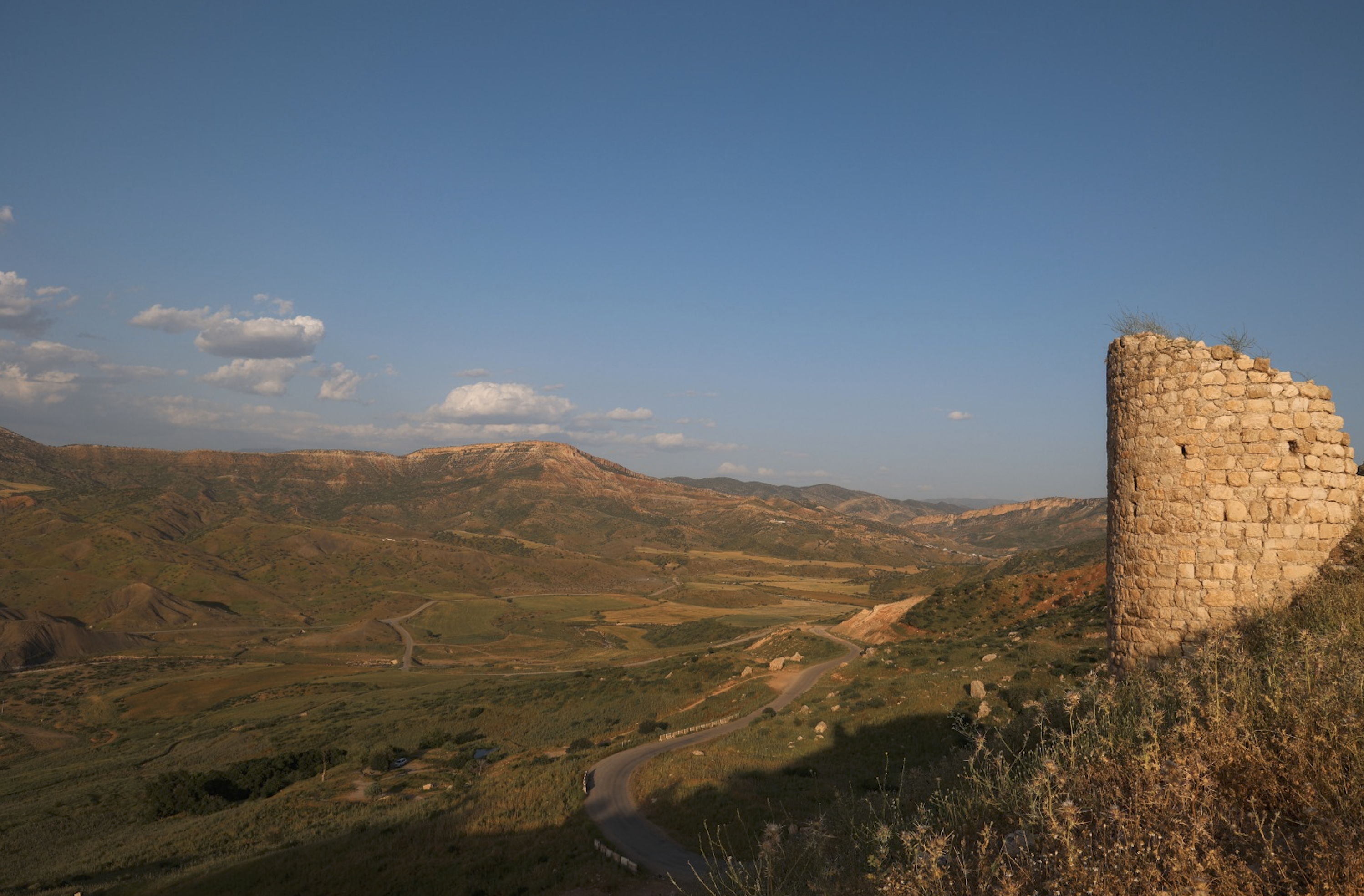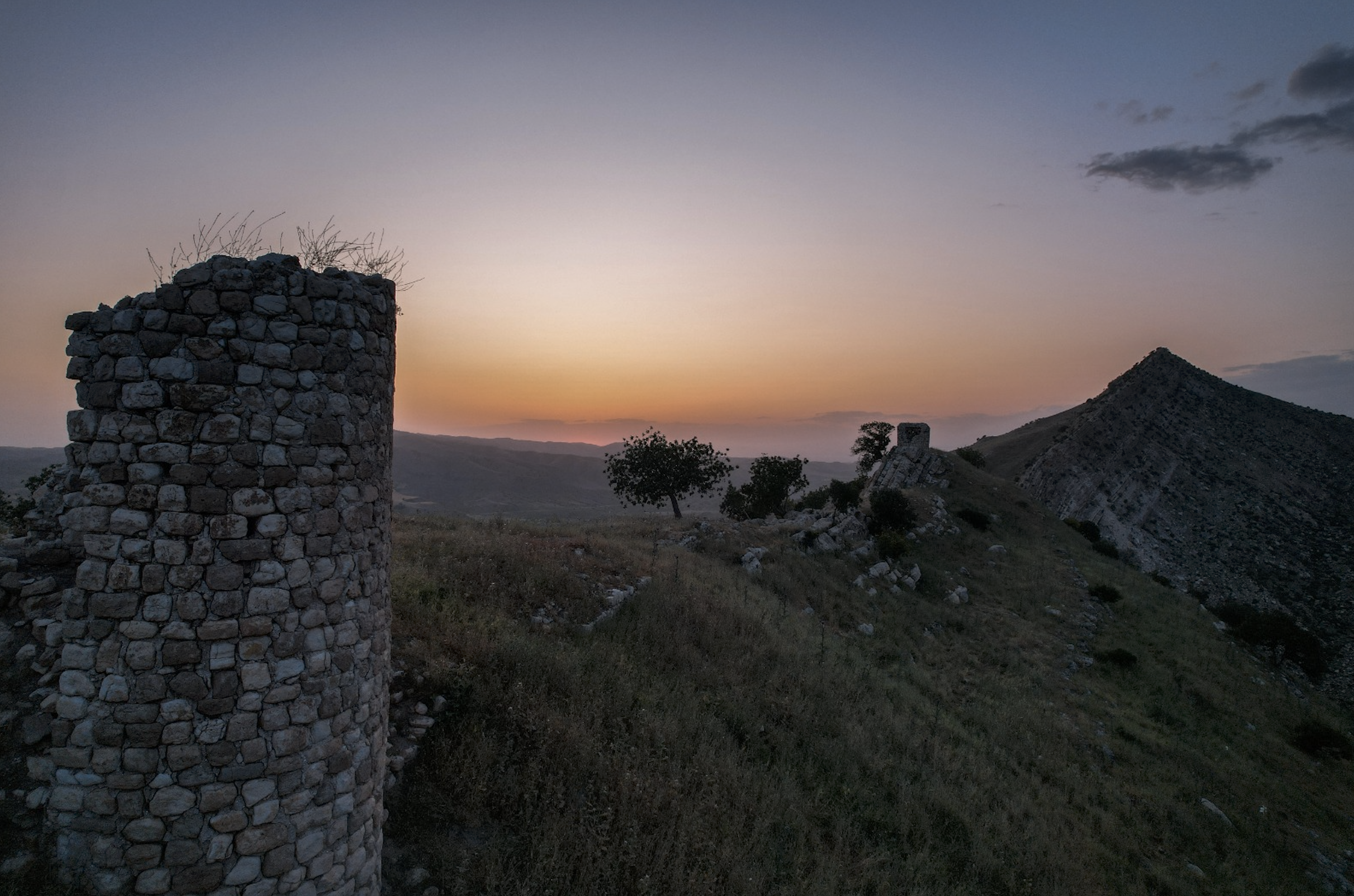As you leave Pirmam, which lies 31 kilometers northeast of Erbil, the capital of Iraqi Kurdistan, a hidden gem awaits you. A narrow side street on the left side of the main street winds its way through the villages of Armawa and Zrgos. After driving for about ten minutes through Zrgos, a magnificent sight emerges: a ruined stone castle perched atop a mountain on the left with a historical graveyard on the right. Welcome to Dwin, the ancestral home of the family of Saladin Ayoubi, a formidable historical figure.
Saladin Ayoubi, a Kurdish Muslim, made an indelible mark as the first Sultan of Egypt and Syria and founder of the Ayoubi dynasty. Leading the Muslim and Arab opposition against the European Crusaders in the Levant, Saladin's sultanate spanned Egypt, Syria, Mesopotamia, Hejaz, and Yemen. One of his most significant victories came at the Battle of Hattin, where his forces triumphed over the Crusaders and thereafter freed Palestine after 88 years of occupation.

Internationally and historically, Dwin remains less well known, with limited information available about the village or city. However, local literature sheds light on Saladin's family life and the remarkable deeds they accomplished.
Notably, Abdul Khaleq Sarsam, a Kurdish historian, authored a book exploring Saladin's family, their way of life, and the Zarzary tribe to which they belonged. Sarsam speculates that the castle in Dwin might have belonged to Saladin's grandfather, Jalaladdin.
The castle's foundations and parts of its walls, built with sturdy mountain rocks, stand as a testament to its significance and long history. Positioned atop a hill, it commands a strategic vantage point, effectively guarding the road in both directions. Its primary purpose was to oversee and protect the village nestled below the mountain along the river. Remarkably, remnants of the village can still be found, offering a glimpse into the ancestral homeland of Saladin's grandfather.

Adjacent to the castle, on the right side of the road, lies an historical graveyard. Here, tombstones of various eras can be observed, some bearing inscriptions with others remaining blank. Among the graves are relics harkening back to the Zoroastrian religion of the 6th century. Symbolic signs of the sun, dagger, and sword grace these graves, representing the core tenets of Zoroastrianism. And the graves beside the rock fence date to Saladin's era. Notably, one of these graves is said to potentially belong to Saladin's grandfather, adding an air of mystique to the surroundings.
Furthermore, another section of the graveyard, dating back only 200 years, bears witness to more recent history. Some of these graves have elaborate inscriptions, such as the "Kurdish fighter inscription."
The castle, which covers approximately one square kilometer, was built during the 10th century by the Principality of Soran. It served then as the princedom's capital, giving rise to its name, Dwin, which means "capital."
Visitors can delve into the secrets of Saladin Ayoubi's heritage by exploring the wonders of Dwin. The commanding presence of the castle and the enigmatic graveyard create an atmosphere of historical intrigue. The allure of this ancient site is undeniable, whether contemplating the castle's origins or attempting to solve the mystery surrounding Saladin's grandfather's grave.
